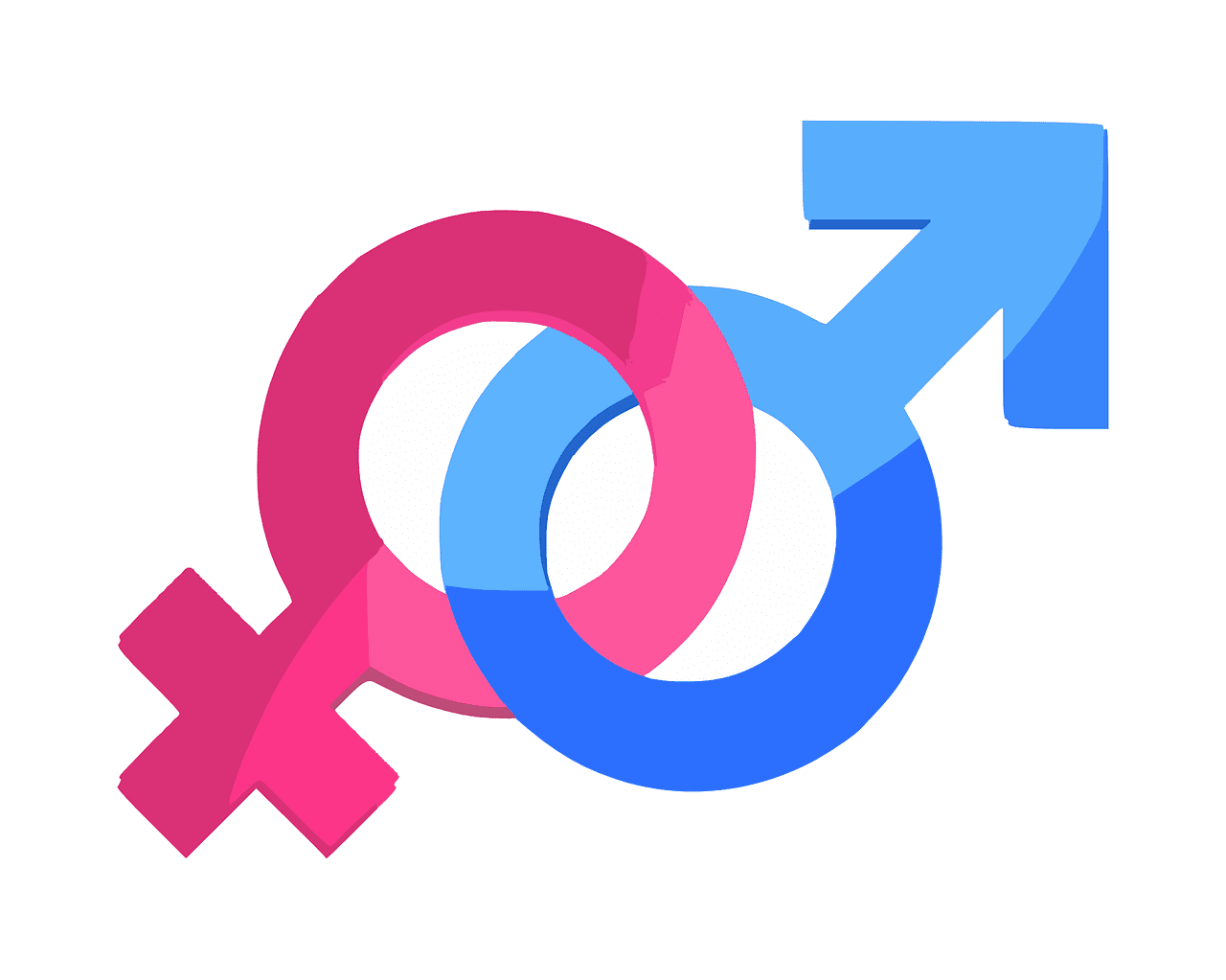Introduction
Heterosexuality refers to the sexual and romantic attraction between individuals of different sexes [1]. Heterosexuality is the most common sexual orientation among humans and is often considered the societal norm in many cultures [2]. While it is not the only valid sexual orientation, heterosexuality has historically been privileged and dominant in many societies.
How do you Define heterosexuality?
Heterosexuality is a natural and common sexual orientation among humans. An individual’s attraction characterizes it to people of a different sex than their own. This attraction can be emotional, physical, or sexual and often leads to the formation of romantic relationships and sexual partnerships. Heterosexual individuals may experience a range of interests and desires towards people of the opposite sex, from fleeting infatuations to deep, long-lasting bonds.
Heterosexuality has historically been privileged and dominant in many societies, often resulting in discrimination and marginalization of those who do not conform to heteronormative expectations. However, with increasing awareness and acceptance of diverse sexual orientations, many societies are becoming more inclusive and supportive of all individuals, regardless of their sexual orientation.
How does one know whether they are heterosexual?
Determining one’s sexual orientation, including whether one is heterosexual, is a personal and complex process that can vary from person to person. Many people discover their sexual orientation through self-exploration, self-reflection, and experience.
For heterosexual individuals, this process typically involves recognizing and experiencing feelings of attraction to people of the opposite gender. This attraction can manifest in different ways, such as emotional connections, physical interest, or sexual desire.
Some people’s heterosexual orientation may be clear and consistent throughout their lives; others may experience shifts or changes in their attraction over time.
Ultimately, determining one’s sexual orientation is a personal journey that can involve many factors, such as societal norms, personal beliefs, and individual experiences.
What is the impact of heterosexual relationships on your daily lives?
Heterosexual relationships significantly impact people’s daily lives in many ways. For individuals in committed heterosexual relationships, their partner is often a source of emotional support, companionship, and intimacy. The bond between two people in a heterosexual relationship can provide stability and security and can help foster personal growth and development.
Moreover, heterosexual relationships can positively impact mental and physical health. Studies have shown that individuals in happy, stable relationships have better mental health outcomes and experience lower levels of stress and anxiety [3]. Furthermore, a long-term, committed relationship can provide health benefits such as increased longevity and reduced risk of chronic disease.
Heterosexual relationships also play a role in shaping society and culture. Relationships between people of different sexes are often seen as a fundamental building block of families, which are essential to the well-being and development of children. Additionally, the representation of heterosexual relationships in media and popular culture can significantly impact how people perceive and value such relationships.
Heterosexual relationships, including emotional support, physical intimacy, and improved mental and physical health, can benefit people’s daily lives. These relationships also play an essential role in shaping culture and society.
Should people be ashamed of being in a heterosexual relationship?
There is no reason for anyone to feel ashamed of their heterosexual relationship. Heterosexuality is a natural and common sexual orientation, and being attracted to people of the opposite sex is not something anyone should be ashamed of.
In the current cultural climate, there is a growing acceptance and understanding of diverse sexual orientations. Society is becoming more inclusive and supportive of all individuals, regardless of their sexual orientation. People should be encouraged to embrace their sexual identities and desires without fear of judgment or discrimination. Ultimately, being in a healthy, consensual, and fulfilling relationship should be celebrated, regardless of the gender of the individuals involved.
Conclusion
Heterosexuality is a natural and common sexual orientation that refers to the emotional, physical, and sexual attraction of a person towards someone of a different sex. Heterosexual individuals form intimate relationships and sexual partnerships with people of the opposite sex, which can provide emotional and physical benefits, including companionship, stability, and improved mental and physical health.
Ultimately, it is essential to celebrate healthy, consensual, and fulfilling relationships regardless of the gender of the individuals involved and to promote a culture of acceptance and understanding towards all sexual orientations.
References
-
LGBTQ terms and definitions (2017) LGBTQ. Available at: https://lgbtq.multicultural.ufl.edu/programs/speakersbureau/lgbtq-terms-definitions/ (Accessed: March 2, 2023).
-
Q. Rahman, Y. Xu, R. A. Lippa, and P. L. Vasey, “Prevalence of Sexual Orientation Across 28 Nations and Its Association with Gender Equality, Economic Development, and Individualism,” Archives of Sexual Behavior, vol. 49, no. 2, pp. 595–606, Dec. 2019, doi: https://doi.org/10.1007/s10508-019-01590-0.
-
M. Mann, “Self-esteem in a broad-spectrum approach for mental health promotion,” Health Education Research, vol. 19, no. 4, pp. 357–372, May 2004, doi: https://doi.org/10.1093/her/cyg041









